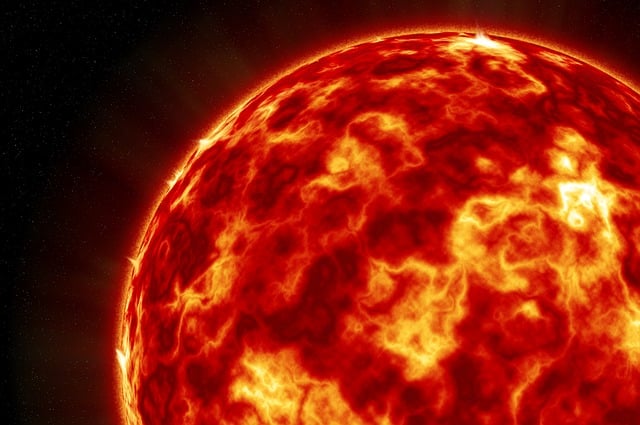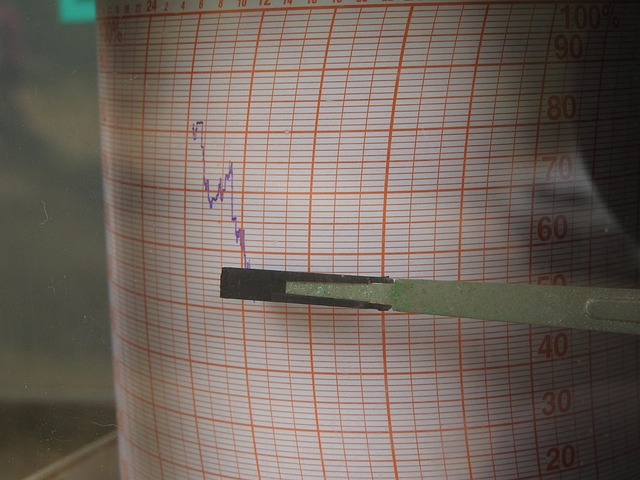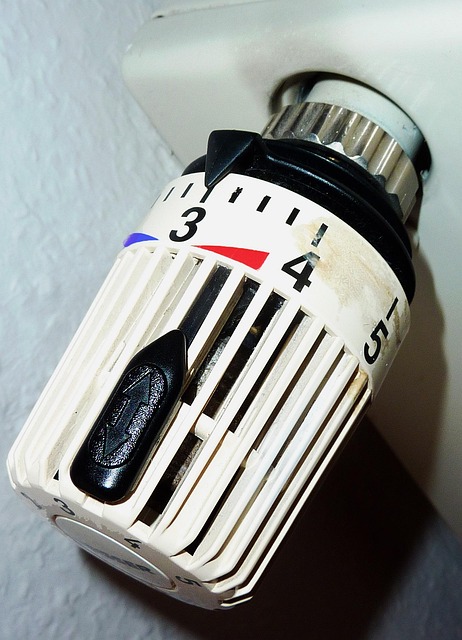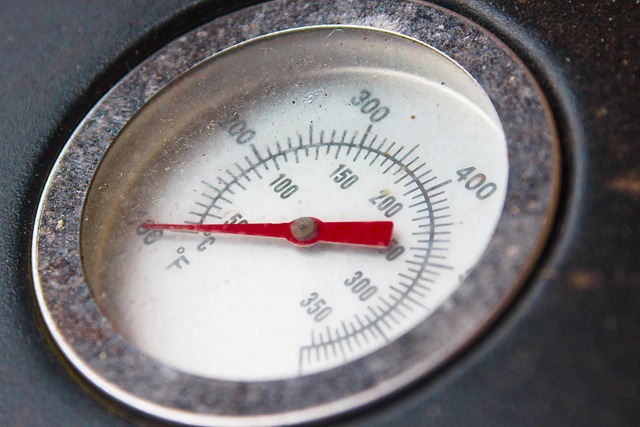The human body is vulnerable to extreme cold, with low temperatures impacting cellular function and structure. Cryobiology studies these effects, revealing challenges in freezing body parts for preservation due to cellular damage from temperature drops and phase transitions. Precise temperature control is crucial, as deviations can cause harm or death. Advancements in cryobiology raise ethical questions about life's sanctity and the definition of death, mirroring discussions in other scientific fields. Balancing progress with human values is essential as we explore these uncharted territories.
The intriguing field of cryobiology explores freezing body parts as a means of preservation, but it’s not without its perils. This article delves into the temperature sensitivity that underpins these risks, from cellular damage caused by ice crystals to the long-term storage challenges posed by cryogenic fluctuations. We examine ethical dilemmas surrounding this science and its impact on balancing life and discovery. Understanding these dangers is crucial for navigating the complex realm of cryobiology.
- Temperature Sensitivity: The Basic Hazard
- Cellular Damage: Freezing's Silent Assault
- Long-Term Storage Risks: A Cryo Puzzle
- Ethical Dilemmas: Balancing Life and Science
Temperature Sensitivity: The Basic Hazard

The human body is incredibly sensitive to temperature changes, and this sensitivity can pose significant risks when considering freezing body parts for preservation or medical purposes. Cryobiology, the science of life in extreme cold, delves into these dangers as it explores the effects of low temperatures on biological structures. One of the primary hazards lies in the fact that every cell in our bodies has an optimal temperature range at which it functions optimally. When exposed to temperatures below the freezing point of water (absolute zero point), cellular processes begin to malfunction and can eventually cease, leading to potential irreversible damage.
The dangers become more pronounced when considering the intricate balance of convection currents and heat transport effects within the body. These natural mechanisms help regulate internal temperature, but extreme cold can disrupt this delicate equilibrium. For instance, atmospheric temperature weather forecasting indicates that rapid cooling can cause ice crystals to form within cells, leading to structural damage. Visit us at heat transport effects anytime to learn more about these processes and their implications for cryobiology research and the preservation of body parts in freezing conditions.
Cellular Damage: Freezing's Silent Assault

Freezing body parts may seem like a futuristic concept, but it’s important to understand the risks associated with this practice. Cellular damage is one of the silent yet severe dangers that occur during cryopreservation, as freezing involves drastically lowering temperatures. As temperature drops, water inside cells turns into ice crystals, disrupting cellular structures and functions. This process can lead to irreversible damage over time, affecting organelles and even DNA.
The challenges don’t stop at phase transitions and heat conduction. The body’s intricate network of blood vessels and circulation system becomes a maze during freezing, hindering the uniform distribution of cold. Digital readouts on cryogenic equipment offer precise control but cannot account for every micro-environment within the body. Moreover, the sudden release of heat energy during thawing can cause cellular ruptures, further exacerbating damage. Give us a call at astronomy concepts space temperature extremes to learn more about the complex science behind these processes.
Long-Term Storage Risks: A Cryo Puzzle

Freezing body parts for long-term storage presents unique challenges and risks that are still being unraveled by cryobiologists. One of the primary concerns is maintaining optimal temperature conditions, as even slight deviations can lead to cellular damage or death. The human body, with its complex network of blood vessels and metabolic processes, becomes particularly susceptible when subjected to extreme cold.
Emissivity properties play a significant role in understanding heat loss at cryogenic temperatures. Measuring heat transfer accurately is crucial for successful long-term storage. In atmospheric science, the greenhouse effect mechanism comes into play, as the containment environment must regulate temperature fluctuations without allowing external heat sources to compromise the frozen state. Give us a call at phase transitions heat conduction for expert insights on these intricate cryo puzzles.
Ethical Dilemmas: Balancing Life and Science

As cryobiology delves deeper into preserving body parts at extreme temperatures, ethical dilemmas emerge, particularly when balancing scientific advancements against the sanctity of life. The quest to halt aging and revive frozen subjects raises profound questions about consent, identity, and the very definition of death. For instance, should we ethically permit the preservation of human organs or even entire bodies at sub-zero temperatures for potential future use?
These discussions echo those in other scientific fields like astrophysics explorations and culinary science global climate patterns, where researchers grapple with the ethical dimensions of their work. It’s akin to navigating a labyrinthine landscape, where each step forward in metal properties and temperature control brings both promise and perplexity. Remember that, as we explore these frontiers, it’s crucial to find us at dew point calculation — a balance between progress and preservation, between what science can achieve and what humanity values most.
Freezing body parts, though intriguing from a cryobiology perspective, poses significant risks. From temperature sensitivity causing cellular damage to long-term storage uncertainties, understanding these dangers is crucial before embracing such practices. As we continue to navigate this complex field, ethical considerations must guide our pursuit of life extension and preservation techniques, ensuring that the promise of cryonics remains balanced with the realities of freezing’s silent assault on the body.
